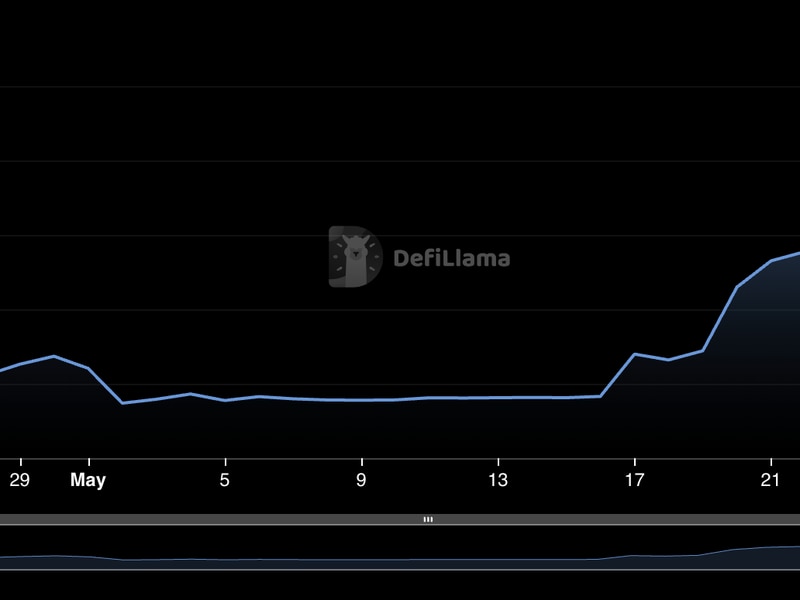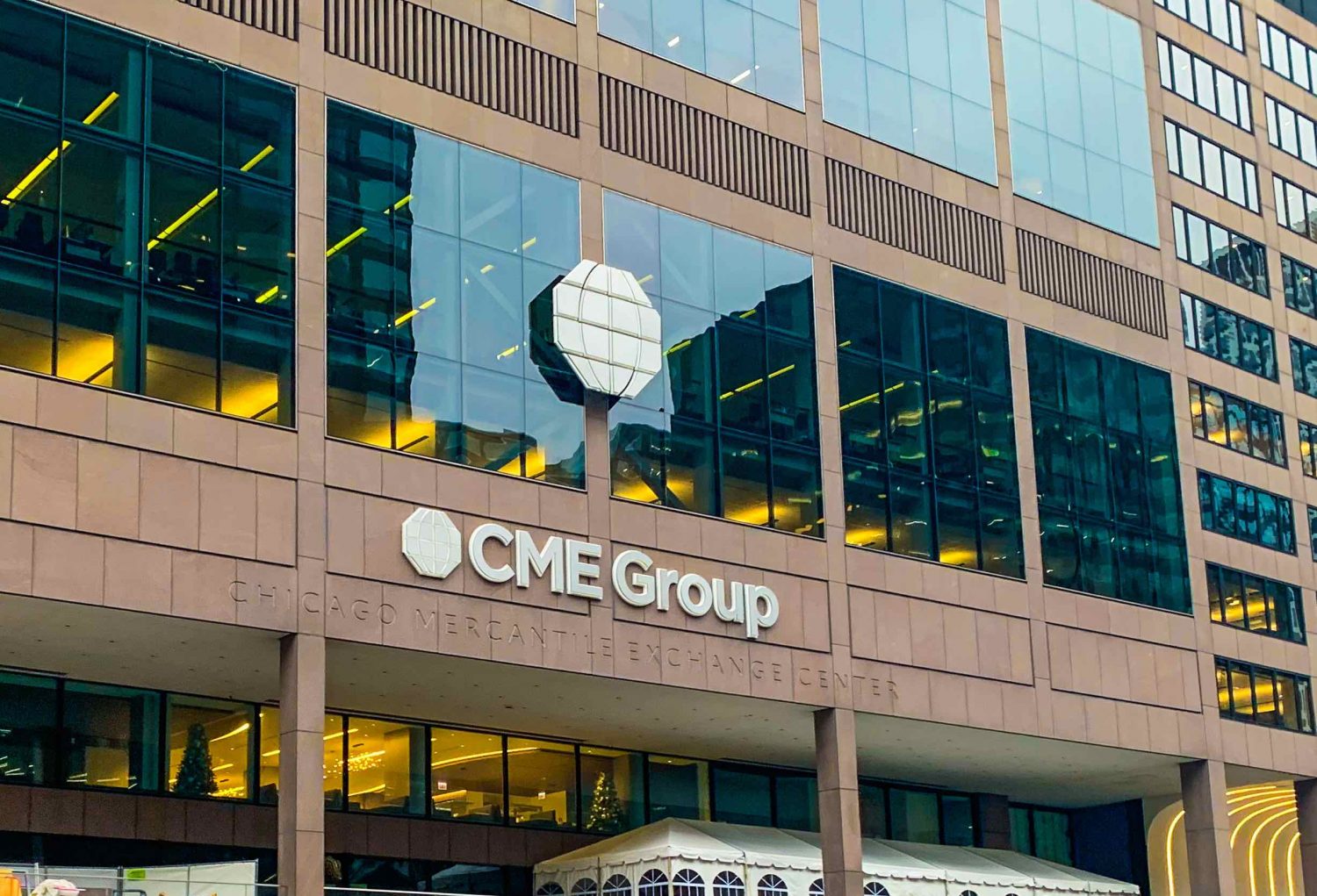The Invisible Hand Restricting Bitcoin and Ether Price Swings
Bitcoin (BTC) and ether (ETH), the top two cryptocurrencies by market value, have been unusually calm for over two weeks. The range play probably stems from the market running into competing narratives and influences.
There is another powerful force at work, an invisible hand of crypto options market makers, partly responsible for keeping prices rangebound, according to observers.
Market makers are entities with a contractual obligation to maintain a healthy level of liquidity on an exchange. They ensure there is enough depth in the order book by offering to buy or sell a call/put option contract at any given time.
For instance, if a trader wants to buy a BTC call option at the $40,000 strike price and there is no matching sell order, the market maker would do the needful by providing the sell order. Options are derivative contracts that give the purchaser the right to buy or sell the underlying asset at a predetermined price on or before a specific date. A call option gives the right to buy, while a put option offers the right to sell.
Market makers, therefore, are always on the opposite side of investors and maintain a delta-neutral (direction-neutral) book by actively buying and selling the underlying asset in the spot or futures market as the price swings.
Stuffed with “positive gamma”
In recent weeks, investors have been shorting or writing call options or bullish bets, a popular volatility-selling strategy aimed at generating a yield on top of spot market holdings. As such, market makers have been stuffed with long call positions or positive gamma. Options gamma is the rate of change in the options price in response to changes in the underlying asset’s price. When gamma is positive, options become pricier when the underlying asset’s price rises or falls.
Holding large positive gamma forces market makers to trade against the direction in which the spot prices move to keep their books delta neutral. So, if bitcoin and ether drop, the options market makers, stuffed with positive gamma, must buy cryptocurrencies in the spot market. Similarly, they must take bearish bets in spot/futures markets if the market rallies. This hedging activity has been keeping prices locked in the narrow range.
“These massive call overwriting programs have left dealers stuffed long [positive] gamma. So it becomes a negative feedback loop as the gamma hedging keeps spot ranges contained, weighing further on volatility, then dealers also try to lighten on long gamma positions,” David Brickell, director of institutional sales at crypto liquidity network Paradigm, said.
“In the absence of a catalyst/narrative to start taking a directional risk, that systematic, mechanical volatility selling will keep weighing,” Brickell added.
The episode shows the growing influence of the options market on spot prices, a common feature in equities and foreign exchange markets. Crypto investors persistently bought call options during the bull market of 2021, leaving market makers with short gamma positions. That required market makers to trade in the direction of bitcoin and ether to balance their books, which resulted in exaggerated price moves.
Per Griffin Ardnern, a volatility trader from a crypto asset management firm, the positive gamma in ether has hit a record high and the sticky effect of market makers’ hedging activity could weaken following the monthly options expiry. Deribit, the world’s largest crypto options exchange that controls nearly 90% of the market, will settle May expiry options on Friday at 08:00 UTC.
“In the case of positive gamma, the delta hedging behavior of market makers is to sell high and buy low, which compresses the price movement range to near the strike price,” Ardern told CoinDesk.
“After the settlement, the sticky effect of hedging on the price will significantly weaken, and there could be stronger resistance, particularly in ETH. It is necessary to be careful about the risk of ETH price going downwards.”
Since May 12, bitcoin has traded the narrow range of $25,800 to $27,600, while ether has consolidated between $1,750 and $1,850. At press time, bitcoin and ether changed hands at $26,350 and $1,800, respectively, per CoinDesk data.









